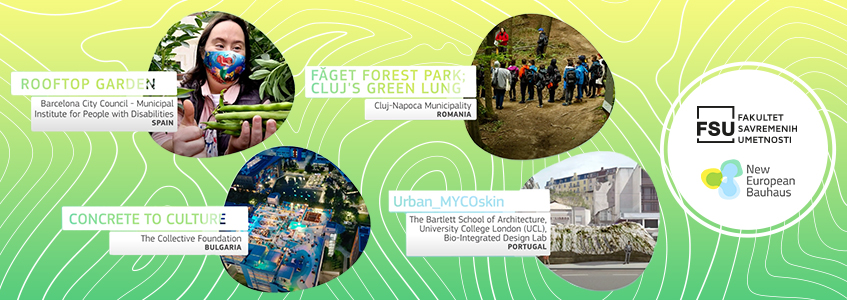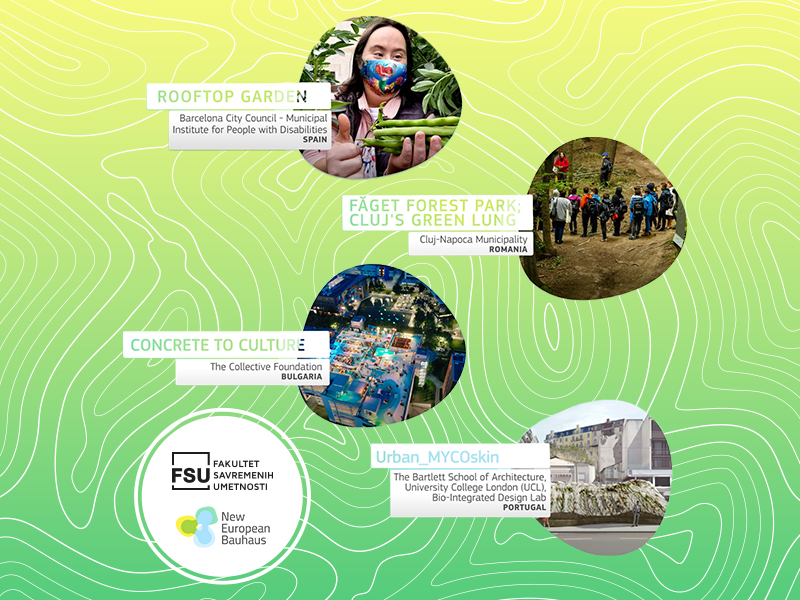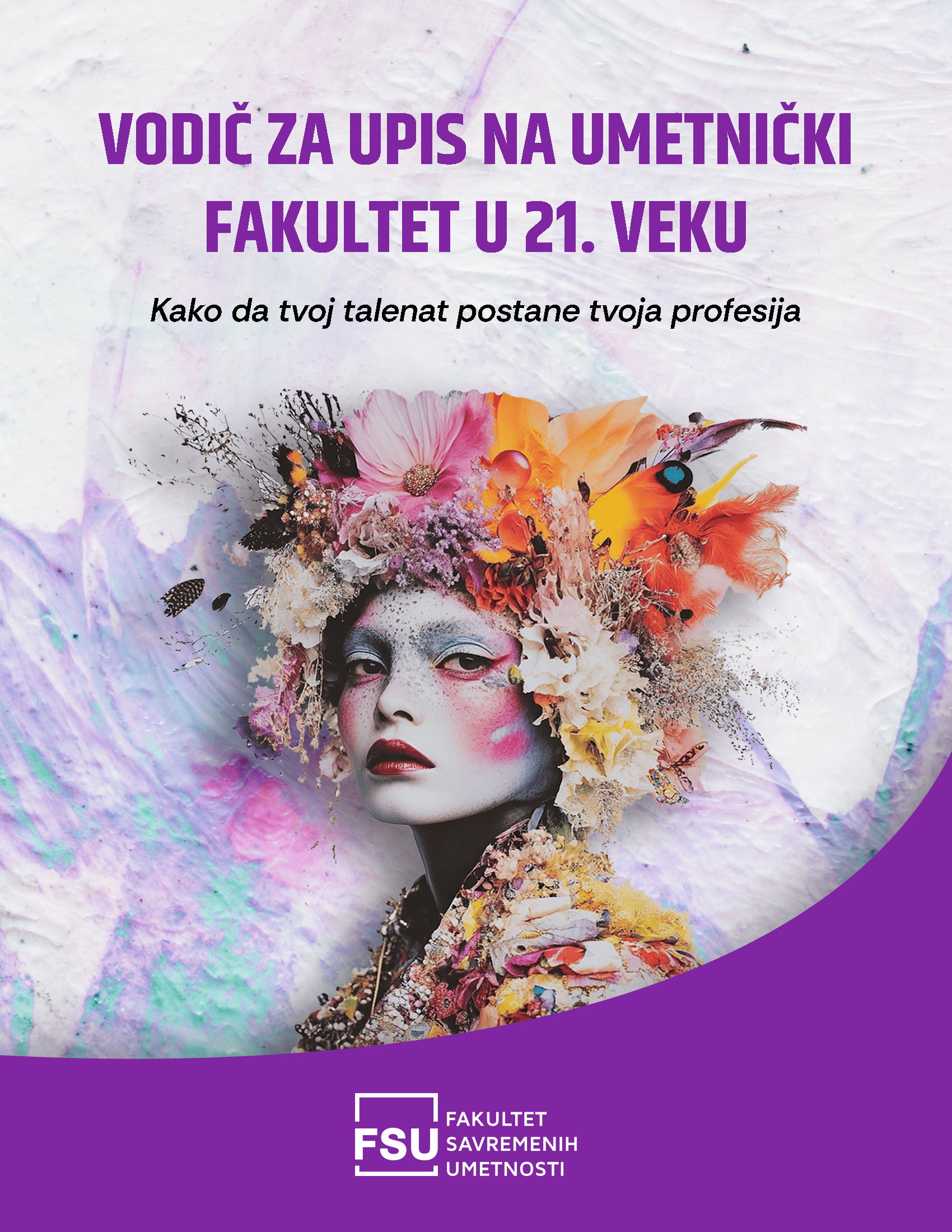At the NEB festival, new and sustainable practices related to redesigning urban spaces and creating environments resilient to climate change were presented. Unused spaces are revitalized for sustainable production, cultural events, or new social functions. Locals, employees, artists, designers, and architects come together to envision the reuse of spaces to better meet needs.

The projects that won awards at this festival, focusing on community needs, collective design, nature conservation, and sustainable environment development, include:
“Rooftop Garden”
The “Rooftop Garden” project was initiated by the Barcelona City Council in 2016 to enable the social inclusion of people with disabilities. The gardens are managed by 21 organizations, including 250 people with disabilities. Ten unused rooftops on public buildings in Barcelona have been transformed into sustainable agriculture hubs. Part of the produce grown in these rooftop gardens is donated to soup kitchens, food banks, and student cafeterias.
“Concrete to Culture”
In Sofia, as in many other cities, cultural events are concentrated in the city center. Residents of peripheral urban neighborhoods often lack spaces for cultural events. The “Concrete to Culture” project enabled the creation of a local center for culture and recreation in Sofia’s suburbs. A 3,000 m2 roof has been turned into a new urban space dominated by modular structures and greenery. The modular structures are designed to be flexible and can be reassembled without using new materials and resources.
„Urban MYCOskin”
The “Urban MYCOskin” project was developed to build a sustainable, climate-resilient environment in Lisbon. The project represents a model for sustainable architecture, showing how innovative material choices can lead to significant ecological benefits. Using mycelium composites derived from mushroom roots, waste particles are decomposed and bonded, offering an alternative to energy-intensive materials.
“Făget Forest Park: Cluj’s Green Lung”
The “Făget Forest Park: Cluj’s Green Lung” project was developed to preserve a protected area (Natura 2000 network) and implement an integrated plan for multifunctional park management. Four activity streams have been carried out in the park: improving planning and management; promoting cycling and hiking trails in nature; developing scientific infrastructure; and organizing events related to climate change, nature conservation, biodiversity preservation, geology, and forestry, as well as using natural materials for recreational, educational, and scientific purposes.









